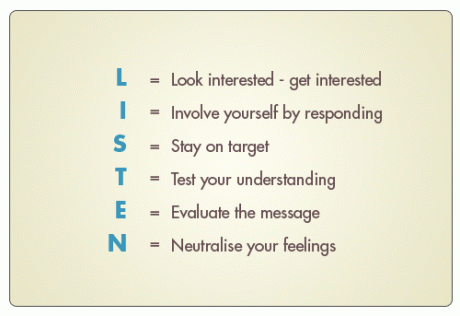Writing is a skill that only improves with practice. In order to become a better writer you have to write. You have to write things that are bad. You have to write things that don’t meet your expectations. And, you have to write through mistakes in order to get to better-honed skills.
When writing for a company with content marketing, we have to do all of this while adopting the voice and tone of a brand.
We are each on our own level of development when it comes to better writing, but here are some tips that have helped our team when crafting branded content.
Make it Readable
Readable means readable. Nothing more.
Many have concerns that more readable versions of their content would present them as less than. Nothing could be further from the truth. From PhDs to children, nearly everyone prefers to read content that scores higher on readability scales. Content that is readable only shows that your writing is well crafted, edited, and has the end-user in mind.
There are many ways to make content more readable but one quick way to know how you score on the readability scale is to run your piece through a readability calculator. Free online tools will give you a score (higher is better in most scales) and offer recommended changes you may want to apply.
Stop the Jargon
Nearly every industry has its own set of jargon and trendy buzzwords. Insider language is often a part of “earning your keep” as a member of a community. This culture is important in its own right and can be valuable to morale and team growth internally.
But jargon and buzzwords are murder to your marketing efforts. They make your message confusing and your copy difficult to read. You create your content marketing for your audience to absorb, understand, and rally behind. If what you’re putting out is a jumbled mess of business-speak words, I guarantee you no one is reading your content. If they are, they aren’t inspired.
Use Active Listening With Your Audience
Active listening is a wonderful practice that I love to use for marketing. I learned it as an RA in college and it’s done wonders for me in many aspects of my life. It is a method of communication that repeats back what you heard from someone in order to establish a common, clear, and mutually respectful connection.
Active listening goes something like this:
Speaker, “I’m worried that this may not go as planned. This is never gonna work and be a waste of time.”
Active Listener, “I hear that you’re concerned and nervous that this project won’t succeed. Is that true?”
Speaker, “Yes! I am concerned that I’ll lose my job because of it!”
In the example, the Active Listener dissected and reflected back the feelings and primary message of the Speaker. Validating the feelings and thoughts of those around you is a way to let someone know that you care and understand. (Be careful. This has to be done judgment free!)
This is a powerful tool in your writing online. On the Internet you can find out what your target audience thinks about and the language they use to express those thoughts. They will do this on their social channels, in comment sections, reviews, forums like Reddit, and blogs. I encourage every marketer to seek out what their audience is saying, take note, and incorporate the words they use into your copy. When your audience finds you they will see their language reflected back at them and feel connected to your brand.
Clear and Concise Over Clever and Cute
Punny, rhymed, or poetic writing is rarely as effective as clear and simple writing.
Though something as fun to craft as “BeauTEAful Tea Bags Bound to Brighten” might make YOU smile, your reader has no idea what you’re saying. Go for an option that communicates real value without the alliteration, like “Unique and Pretty Tea Bags for Gifting.”
Break Grammar Rules
Grammar gurus have already done a spit-take onto their screens with that subheader. But, there is a happy place where readable content and grammar co-exist.
Common rules that you can break include: using prepositions to start sentences and taking advantage of contractions. Breaking rules that hinder cadence will help your sentences flow better.
Short Sentences Please
No one likes run on sentences. Break up run-ons into individual thoughts or ideas. A quick way to find these opportunities is by identifying commas, conjunctions or semi-colons in your writing.
Edit. Then Edit Again.
Editing is magical. Editing is difficult. Editing is essential.
So many people write their work as a stream of consciousness, scan through it (maybe) once and then publish. I don’t get this method.
Accept that fact that your first and second drafts are not going to be your best work. Write your draft and then put it away for a day. If you’re on a tight timeline, give yourself 15 minutes. Then read your content out-loud to yourself. You will catch silly typos and confusing sentences.
Then, once you’ve caught the low-hanging fruit and feel good about your draft, send it to a trusted colleague to review. Don’t send them something that hasn’t gotten a second and third read through. They will know it and won’t appreciate you asking them to clean up messes you could have caught.
And if you’re the editor, put the time in to thoroughly read the content and make recommendations. Your peer has asked for your professional opinion. If don’t have time to look at the piece, tell them. Don’t half-heartedly edit something.
Your Turn!
These down-and-dirty tricks will help your writing bit by bit. Give them a whirl and let us know how it goes in the comments. You got this!






Leave a Reply